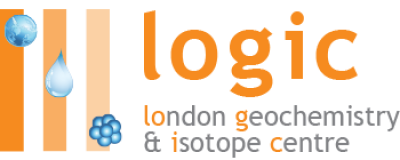Paleoclimates and Climate Change: Understanding Global-warming over time
Palaeoenvironments
Microplankton responded to rapid climate warming during the Paleocene/Eocene thermal maximum event in a species-specific sense (Bown: Gibbs et al. 2013. Nature Geoscience, 2010). A new, organic palaeotemperature proxy (TEX86) showed that the early Cretaceous enjoyed an unexpectedly warm and stable climate with very low latitudinal temperature gradients (Bown: Littler et al. Nature Geoscience, 2011). New geochemical records show a decline in atmospheric CO2 prior to major ice growth in Antarctica around 34 million years ago (Wade: Pearson et al., 2009 Nature) which occurred in a series of steps (Wade: Katz et al. Nature Geoscience, 2008). The first estimates of past ocean temperatures proximal to the Antarctic margin show early Holocene warming as well as rapid warming during the last 2000 years (Shevenell et al., Nature, 2011)
Previous interpretations of the major early Toarcian anoxic event invoked changes in whole-ocean chemistry but are now shown to be incorrect, giving pointers to guide future progress on global oceanic anoxia. (McArthur: McArthur et al., Paleoceanography 2008). New modeling explores the role of the nitrogen cycle in restricting the spread of sulphide in the oceans (Shields: Boyle et al., Nature Comm., 2013). A new link between methanogenesis and nickel enzymes links mantle evolution to the redox evolution of Earth's atmosphere in the early Precambrian (Papineau: Konhauser et al., Nature, 2009). A novel drilling stategy in the equatorial Pacific allows reconstruction of the Cenozoic calcite compensation depth record revealing dramatic shifts in the global carbon cycle (Bown & Wade: Pälike et al. 2012 Nature, 2008). The initiation of the Antarctic Circumpolar Current, occurred later than previously thought and caused the development of a modern four-layer ocean structure (Wade: Katz et al., 2011 Science)
 Close
Close


